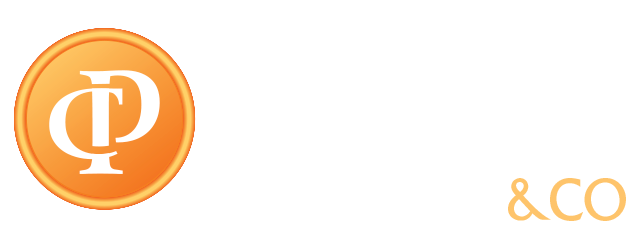The Tax year is coming to an end at the 30th June!
Below is some important Tax highlights for different Taxpayers, relating to:
- Individuals
- Trusts
- Companies
- Employment
- Compliance
Individuals
Proof: When making claims for deductions related to work expenses, such as laundry, travel costs, car expenditures, and phone or internet bills, it is necessary to adhere to substantiation requirements. These regulations may necessitate the maintenance of detailed records like logbooks and diaries, as well as the retention of invoices and supporting documents.
Monitoring: The Tax Office has revealed the specific areas it will be focusing on when surveillant individual taxpayers. Their attention will be directed towards deductions related to working from home, expenses associated with home offices, rental property deductions (with a particular emphasis on short-term rentals), and Capital Gains Tax (CGT).
|
||||||||||||||||
Trusts
- Distribution resolutions: The majority of discretionary trust deeds mandate that distribution resolutions must be made by or on 30 June. When making such a resolution, trustees (and directors in the case of corporate trustees) must ensure that they have adhered to the stipulations outlined in the trust deed, company constitution, and Corporations Act.
- Section 100A: The Tax Office has released updated guidelines regarding the implementation of Section 100A of the Income Tax Assessment Act 1936 concerning trust distributions. Section 100A serves as an anti-avoidance provision designed to prevent the occurrence of a tax advantage through a ‘reimbursement agreement’ that enables a trust beneficiary to pass on the benefits of a trust distribution to another party in order to obtain a tax benefit. However, a recent court case has affirmed that Section 100A can only be applicable in situations where there is an existing agreement prior to the trustee’s resolution to distribute. In cases where Section 100A is applicable, the beneficiary is deemed to have never been entitled to the share of trust income, resulting in the trustee being taxed at the highest individual marginal tax rate without access to the CGT discount.
Approaching the end of the financial year, it is important to consider several factors regarding your company’s financial decisions:
- Dividend payment and franking credits: Evaluate whether your company intends to pay dividends and assess the available franking credits. Determine how these credits will be utilized effectively.
Companies
- Company tax and franking rates: Confirm whether your company falls under the 25 percent or 30 percent income tax and franking rates. Note that switching between rates may result in the entrapment of franking credits within the company.
- Carried forward losses: The rules for carrying forward losses enable losses to be carried forward indefinitely and utilized to offset against future income, provided that the company meets specific criteria. It is advisable to consult with your CDP & Co advisor to discuss this matter further.
- Division 7A: Loans, payments, and other types of financial assistance provided by private companies to their shareholders and associates, which may include individuals and trusts, can be subject to Division 7A or result in deemed dividends. It is crucial to identify and document all relevant arrangements and ensure that the necessary minimum repayments have been made.
Employers
Employers should take note of the following changes that may affect them:
Superannuation
- Super Guarantee Charge (SGC) rate: The SGC rate for employer superannuation contributions is set at 10.5 percent for the fiscal year ending on 30 June 2023, which will then increase to 11 percent starting from 1 July 2023.
- Deductions for SGC contributions: It is important to remember that superannuation contributions are only eligible for deductions if they are paid by the employer by 30 June 2023.
- SGC contribution date: Employer SGC contributions must be received by the superannuation fund no later than the twenty-eighth day after the end of the relevant quarter. For the quarter ending on 30 June 2023, the contribution must be received by 28 July 2023.
- SGC statement: In cases where there is a shortfall in SGC contributions, an SGC statement must be lodged no later than the twenty-eighth day of the second month following the end of the quarter. For instance, for the 30 June quarter, the statement must be lodged by 28 August.
Compliance
There are additional measures of compliance that should be taken into account as the end of the financial year approaches.
- Taxable Payments Reporting System: Businesses operating in certain industries such as construction, courier services, Information Technology, and security, which engage independent contractors, may be obligated to submit a Taxable Payments Report to the Tax Office.
- Director Penalties: Company directors should assess their companies’ reporting procedures to ensure they have comprehensive knowledge of their companies’ financial status. The director penalty provisions could hold directors personally accountable if their company fails to make timely payments for PAYGW, SGC, and GST, leading to potential liabilities.


Recent Comments